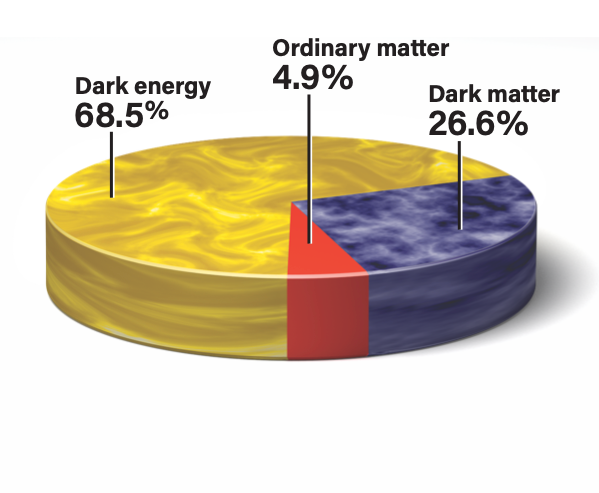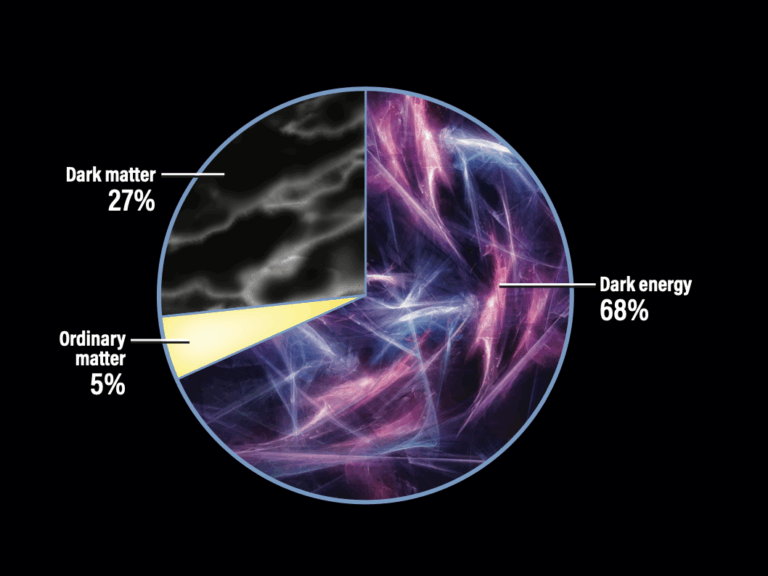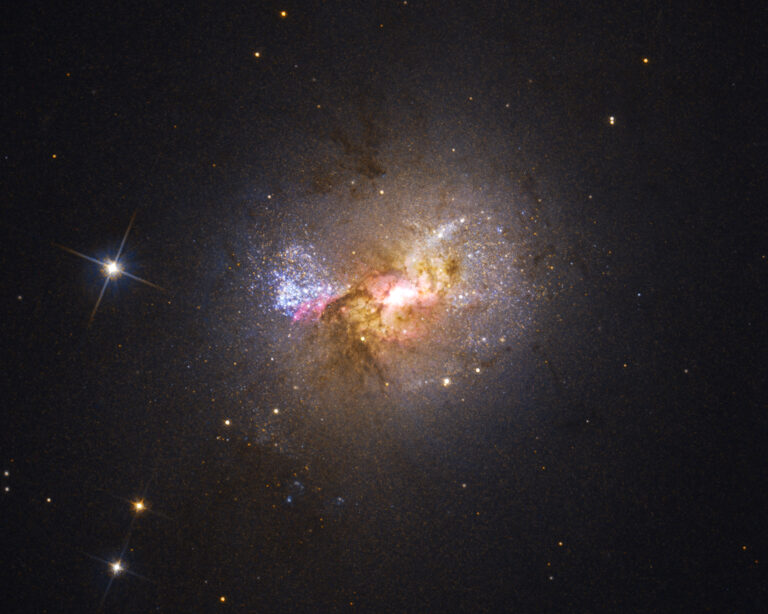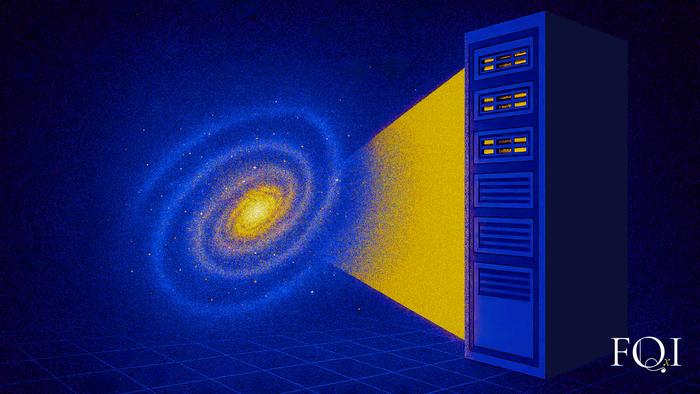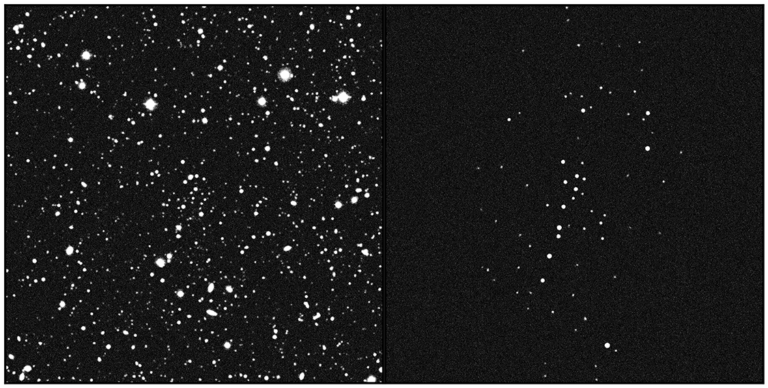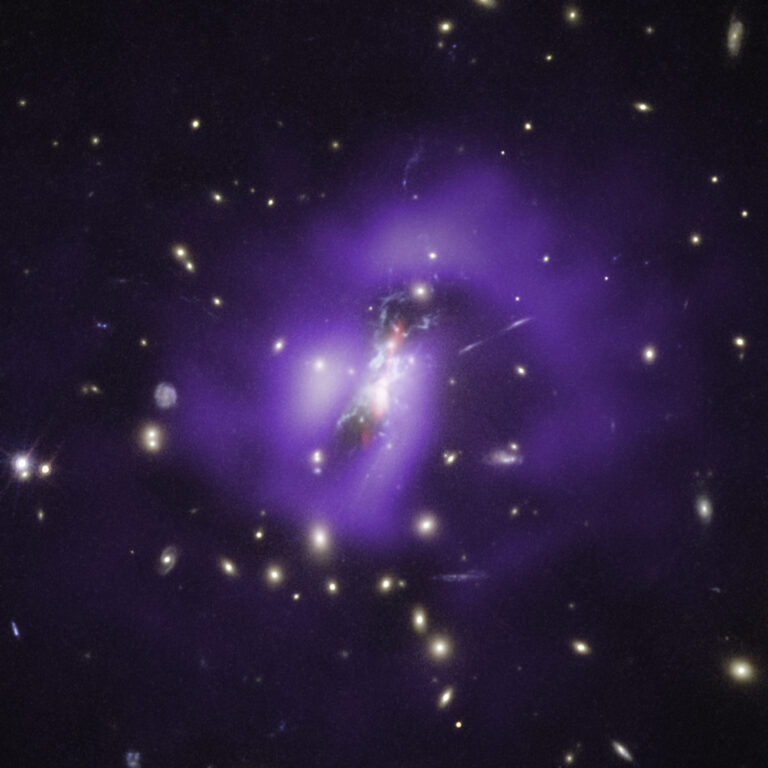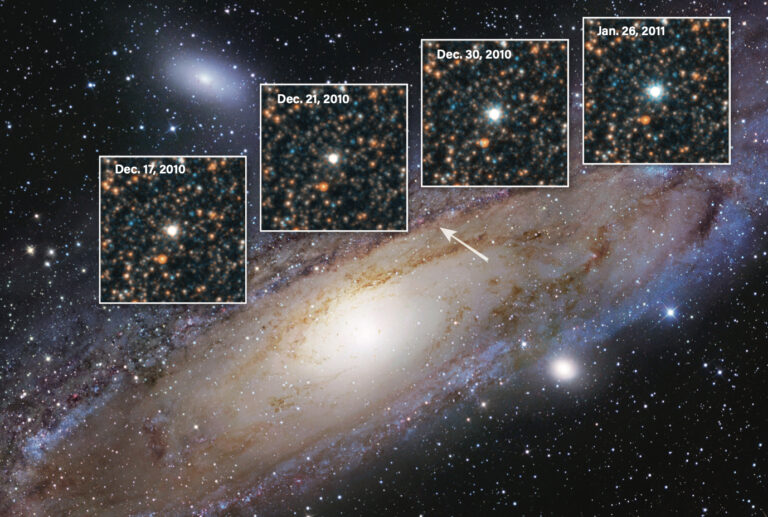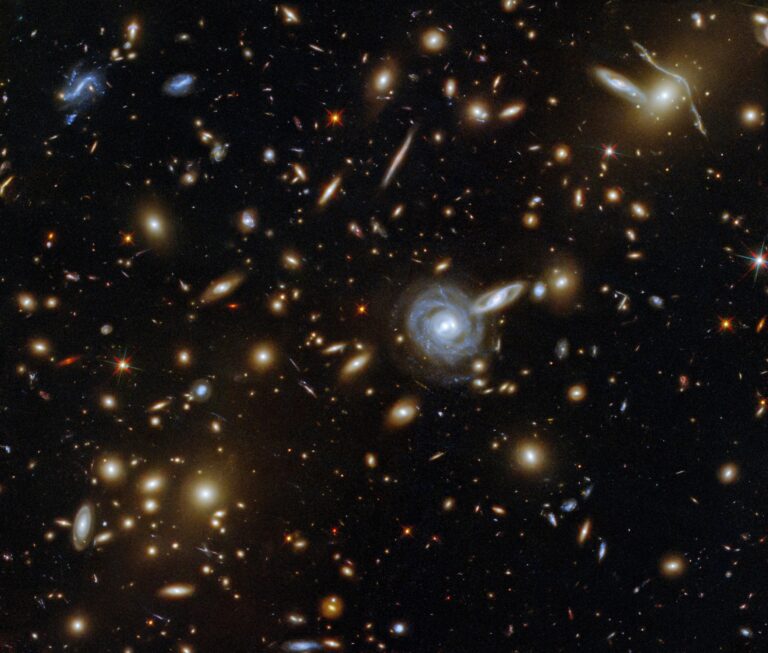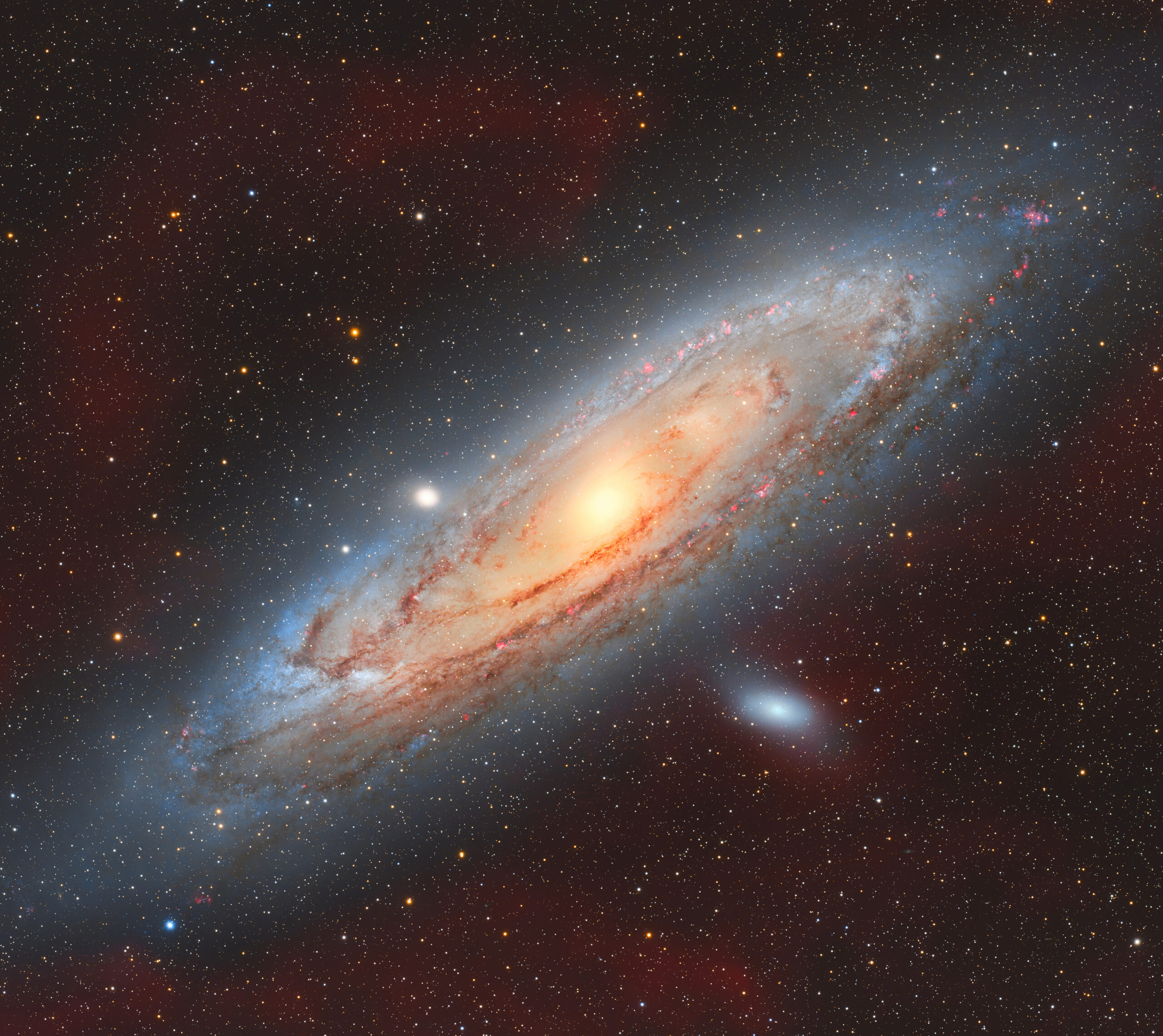
Key Takeaways:
- Historically, the Andromeda Galaxy (M31) was a subject of extensive debate, initially considered a "nebulous smear" and later central to the "island universe" hypothesis proposing its status as an independent star system beyond the Milky Way.
- Centuries of scientific and technological advancements, including the development of powerful reflecting telescopes, photographic techniques, and stellar spectroscopy, progressively contributed to unraveling the true nature of M31.
- Key pre-Hubble discoveries, such as Henrietta Leavitt's establishment of the period-luminosity relationship for Cepheid variable stars and Vesto Slipher's observations of spiral nebulae radial velocities, provided crucial tools and evidence supporting the extragalactic nature of these objects.
- Edwin Hubble, using the 100-inch Hooker telescope, definitively resolved the debate in 1923 by identifying a Cepheid variable in M31, which allowed him to calculate its distance and prove it was a galaxy distinct from our own, profoundly expanding the perceived scale of the universe and later revealing its expansion.
Over the course of human history, perhaps no single object in the night sky has drawn more attention than the Andromeda Galaxy, which the 10th-century Persian astronomer Abd al-Rahman al-Sufi dubbed a “nebulous smear.” For centuries, the fuzzy object nestled in the night sky between her mythological parents, Cepheus and Cassiopeia, and winged Pegasus held her secrets close. As science advanced, successive generations of astronomers debated Andromeda’s nature: Was it a star? Or a nebula? Could it even be another universe of stars unto itself?
Then, in 1919, a 30-year-old named Edwin Hubble arrived at Mount Wilson Observatory, a serene astronomical outpost on the western slope of the Sierra Madres (now called the San Gabriel Mountains) outside Pasadena, California, to begin what would become a historic career.
His arrival came just two years after the completion of the 100-inch Hooker telescope, then the most powerful in the world. Hubble’s keen mind and research ambitions made him an ideal candidate to exploit the bounty of state-of-the-art instrumentation at his disposal. But he was also the beneficiary of 300 years of scientific development and innovation that preceded him. Hubble was quite simply the right man, in the right place, at the right time to reveal Andromeda’s starry secret — and also our place in the cosmos.
Early advances
Galileo Galilei began his forays into the night sky with a telescope in 1609. His discovery that the planets were Earth-like with moons and other strange features such as rings set the wheels of scientific development in motion. These advances encompassed technology, experimentation, innovation, and analysis.
Supplementing his groundbreaking work in mathematics and physics, Isaac Newton debuted his 6-inch-long (15.3 centimeters) reflecting telescope in London in 1671. The tiny scope, with a primary mirror just over 1¼ inches, had the magnifying power of a much larger and more cumbersome refractor, impressing his contemporaries.
The proliferation of reflecting telescopes was slowed by the difficulty in shaping their parabolic primary mirrors. But by the mid-1700s, increasingly sophisticated telescopes were revealing growing numbers of what appeared to be faintly glowing clouds, which were called nebulae. Two camps formed: one claiming that these were just clouds of gas or clusters of stars within the Milky Way Galaxy, and the other arguing that they were actually independent fields of stars lying far beyond the realm of our home galaxy.
The German philosopher Immanuel Kant outlined the latter concept in his 1755 book, Universal Natural History and Theory of the Heavens, citing the French philosopher and mathematician Pierre Maupertuis’ assertion that they were actually collections of stars outside of the Milky Way. This idea would become known as the “island universe” hypothesis.
Chief among these nebulae was Andromeda, which continued to inspire and confuse astronomers the world over. In 1764, the French astronomer of the Royal Navy, Charles Messier, entered Andromeda into his growing Catalogue of Nebulae and Star Clusters as object M31. Some 20 years later, the great English astronomer William Herschel suggested that due to its luminosity and color, M31 must be less than 20,000 light-years from Earth.
Herschel’s contributions also extended into the realm of telescope design and creation, experimentation, and discovery: His prowess in telescope and mirror design revolutionized the field and ushered in the age of large reflecting telescopes. His 40-foot-focal-length (12 meters) telescope, built in Slough, England, became the largest in the world when it was completed in 1789.
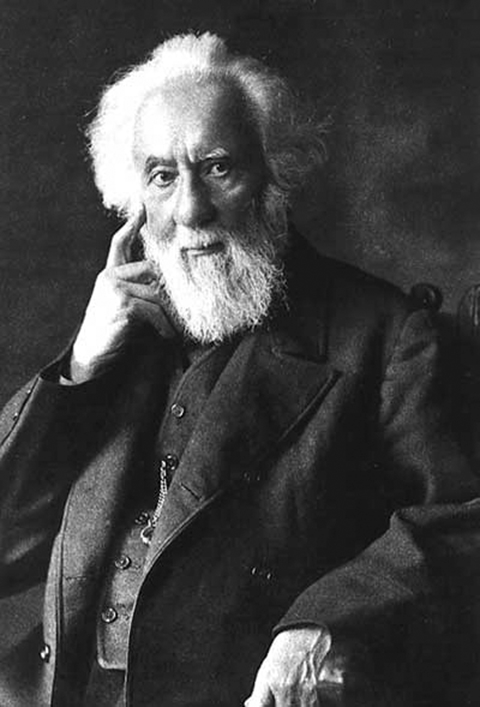
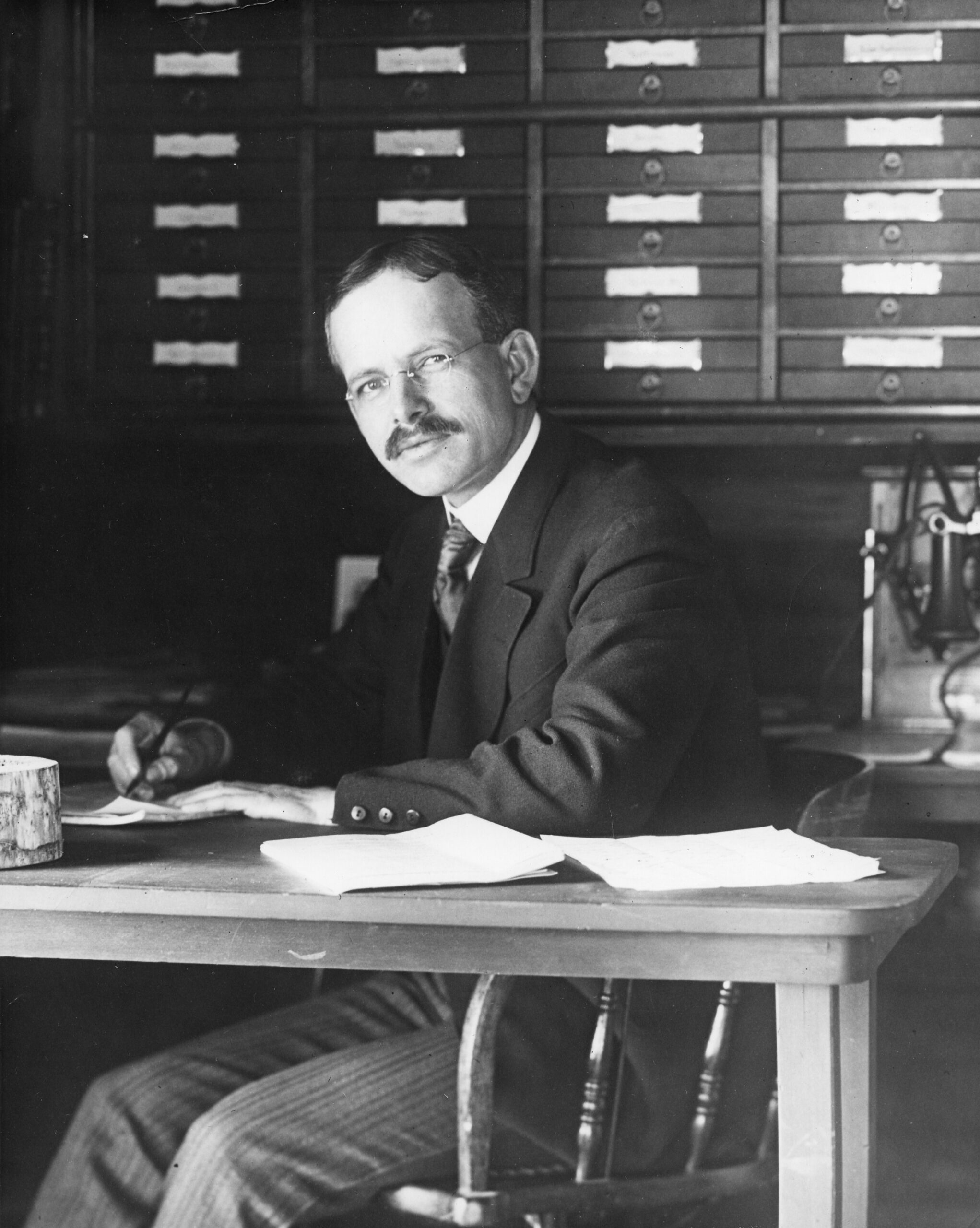
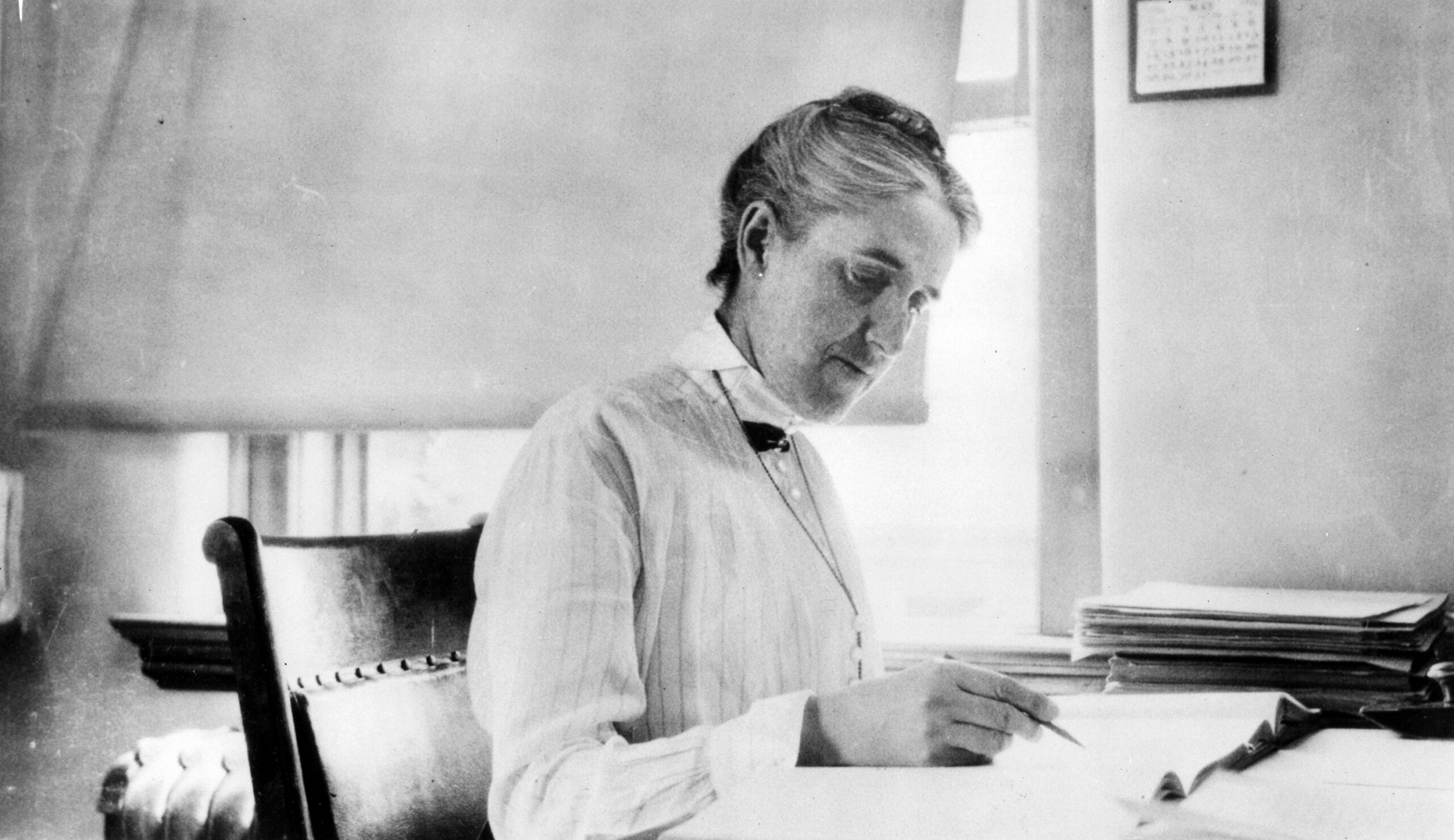
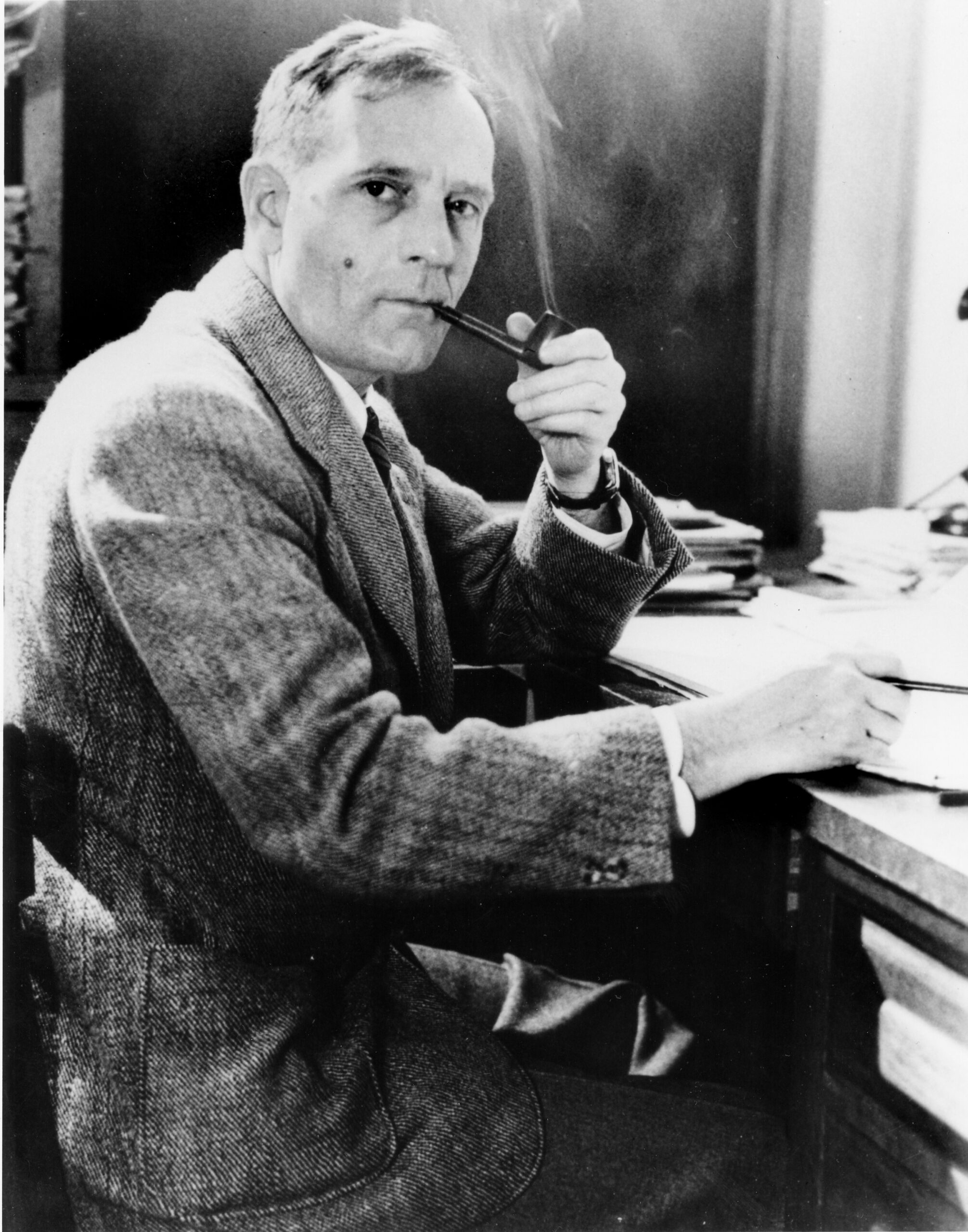
Getting a fix
The early part of the 19th century brought two innovations that greatly affected the debate as to the true nature of M31 and other deep-space objects.
In 1819, William Herschel’s son, John Herschel, discovered that sodium thiosulfate could be used as a fixer — a chemical that could make photographic images permanent by removing light-sensitive salts that had not been exposed to light. “Hyposulphite of soda” — or “hypo” as Herschel called it in his correspondence — made it possible to form images on glass. He used hypo to create a type of photographic image he called a cyanotype, which later became known as the blueprint. In 1839, Herschel used it to form the first image on glass: a photo of the hulking wooden mounting from his late father’s 40-foot telescope. That year, Herschel coined the word photography in a speech to the Royal Society.
The other major innovation driving astronomy forward at this time was the burgeoning field of spectroscopy. In 1814, the German optician Joseph von Fraunhofer invented the spectroscope and used it to discover hundreds of dark features in the Sun’s spectrum — wavelengths at which light appeared to be missing. Then, working in the 1850s, the duo of Robert Bunsen (of burner fame) and Gustav Kirchhoff used a variation of the spectroscope to analyze many of Fraunhofer’s lines, realizing that they were caused by particular gases in the Sun’s atmosphere absorbing light.
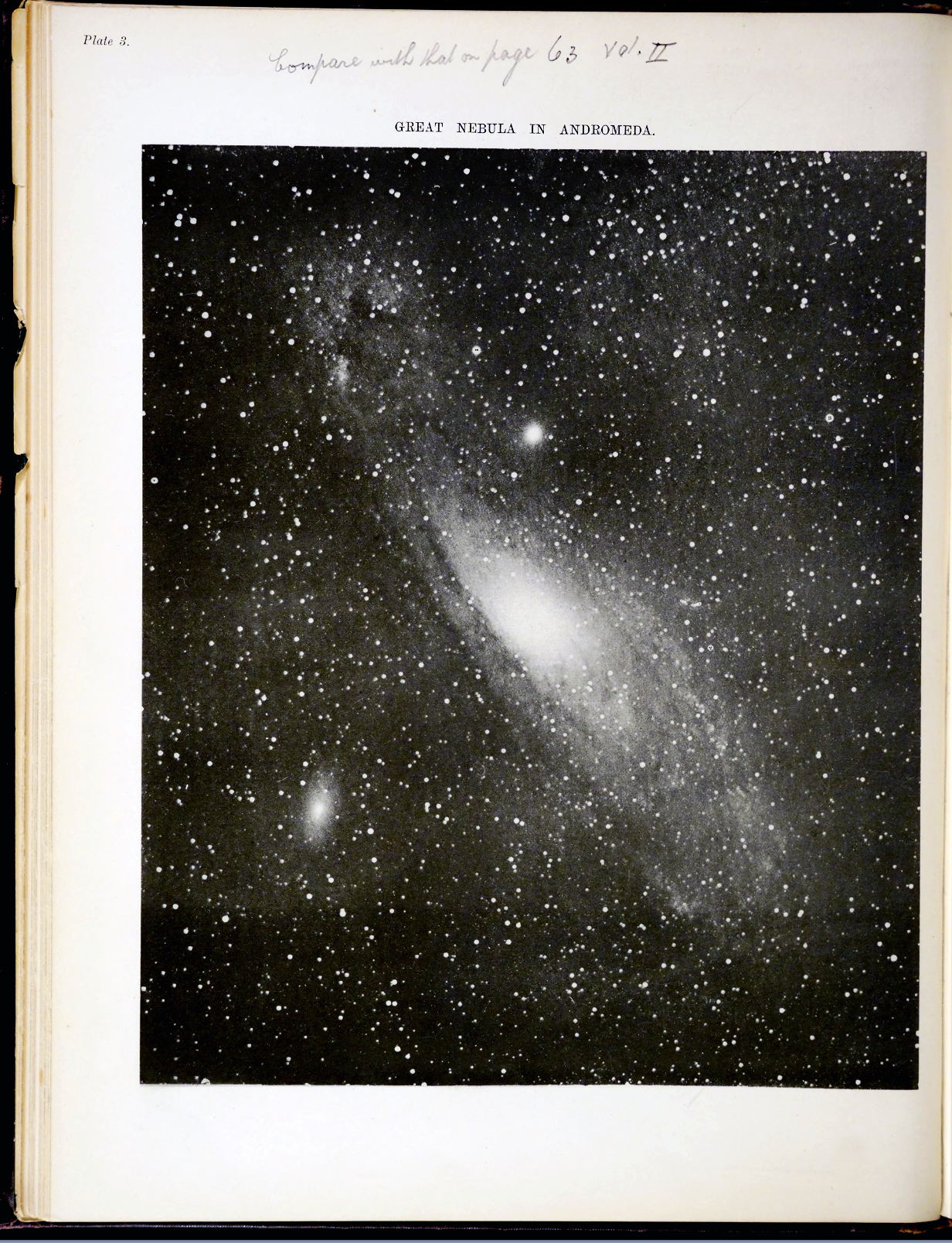
These advances paved the way for the study of starlight, or stellar spectroscopy, by the English astronomer William Huggins in the 1860s. In 1864, Huggins turned his attention to M31 and discovered that its spectrum more closely resembled those of stars than other nebulae. This was a significant step in determining the makeup of M31, but the ultimate discovery lay six decades away.
If we knew then what we know now, the 1885 supernova S Andromedae would’ve been a dead giveaway. The deaths of white dwarfs like S And act as “standard candles” — exploding with the same intrinsic brightness, making it easy to pinpoint its host galaxy’s distance. But because supernovae — the explosive deaths of stars — were not yet known, this very luminous eruption was thought to be that of a common nova, a flare-up of a star. Its apparent brightness implied close proximity to Earth, so M31 was thought to be much nearer than it is.
The last quarter of the 19th century saw improvements in industrial and photographic technology that set the stage for the next generation of large telescopes built during the first half of the 20th century.
In 1888, a British amateur astronomer named Isaac Roberts took a photo of M31, the first photograph ever taken of Andromeda. Roberts made the photo using a twin-telescope setup made by Howard Grubb, with a 20-inch reflector mounted alongside a 7-inch Clark refractor guide scope on an equatorial mount.
Roberts’ photograph of M31 revealed dust lanes that gave the object a clear spiral structure. This meant Andromeda joined the ranks of the growing subset of nebulae known to be spiral shaped, discovered a few decades earlier by William Parsons, Earle of Rosse. These complex structures gave even more fuel to the island universe hypothesis, suggesting they were more than simple gas clouds. But even the most sophisticated telescopes of the time were insufficient to allow for reliable spectroscopic examination of M31. The unveiling of Andromeda’s secrets would have to await further developments — and personalities.
Hubble’s nebular fascination
Hubble got his first look at the stars through his grandfather’s telescope on his eighth birthday in 1897. From that moment on, young Edwin showed a keen interest in the stars. As he read about the exploits of astronomers and contemplated images of objects in the night sky, his interest grew until he was convinced he would like to study astronomy and land a position at a top observatory. His father, John Hubble, wouldn’t hear of it. He told his son that a career in astronomy was a lowly pursuit, and that he should instead go into law.
Hubble did just that, reluctantly but successfully, rising above the fray at the University of Chicago to earn a Rhodes Scholarship and entering law at Oxford University in 1910. But he kept his eye on astronomical developments and would have certainly been aware of the buzz generated by one person in particular: the visionary George Ellery Hale. In 1897, Hale had founded the University of Chicago’s Yerkes Observatory. Located in Williams Bay, Wisconsin, the facility was home to a 40-inch refractor — then the world’s largest. By 1910, Hale had moved to California and was undertaking the construction of the largest telescope ever built: a 100-inch reflector atop Mount Wilson.
Hubble’s interest was also piqued by the 1912 discovery by Harvard College Observatory’s Henrietta Swan Leavitt that a certain type of variable star called a Cepheid cycled through its swells in brightness at a rate that depended on the star’s intrinsic luminosity. The larger and brighter the star was, the longer it took to complete its cycle. This period-luminosity relationship in Cepheid variables was a revelation. It meant that by observing how quickly it rose and faded in brightness, astronomers could measure a star’s distance. The relationship’s subsequent use in determining the relative distance to the Small Magellanic Cloud by Ejnar Hertzsprung and Henry Norris Russell further sparked Hubble’s interest in astronomy.
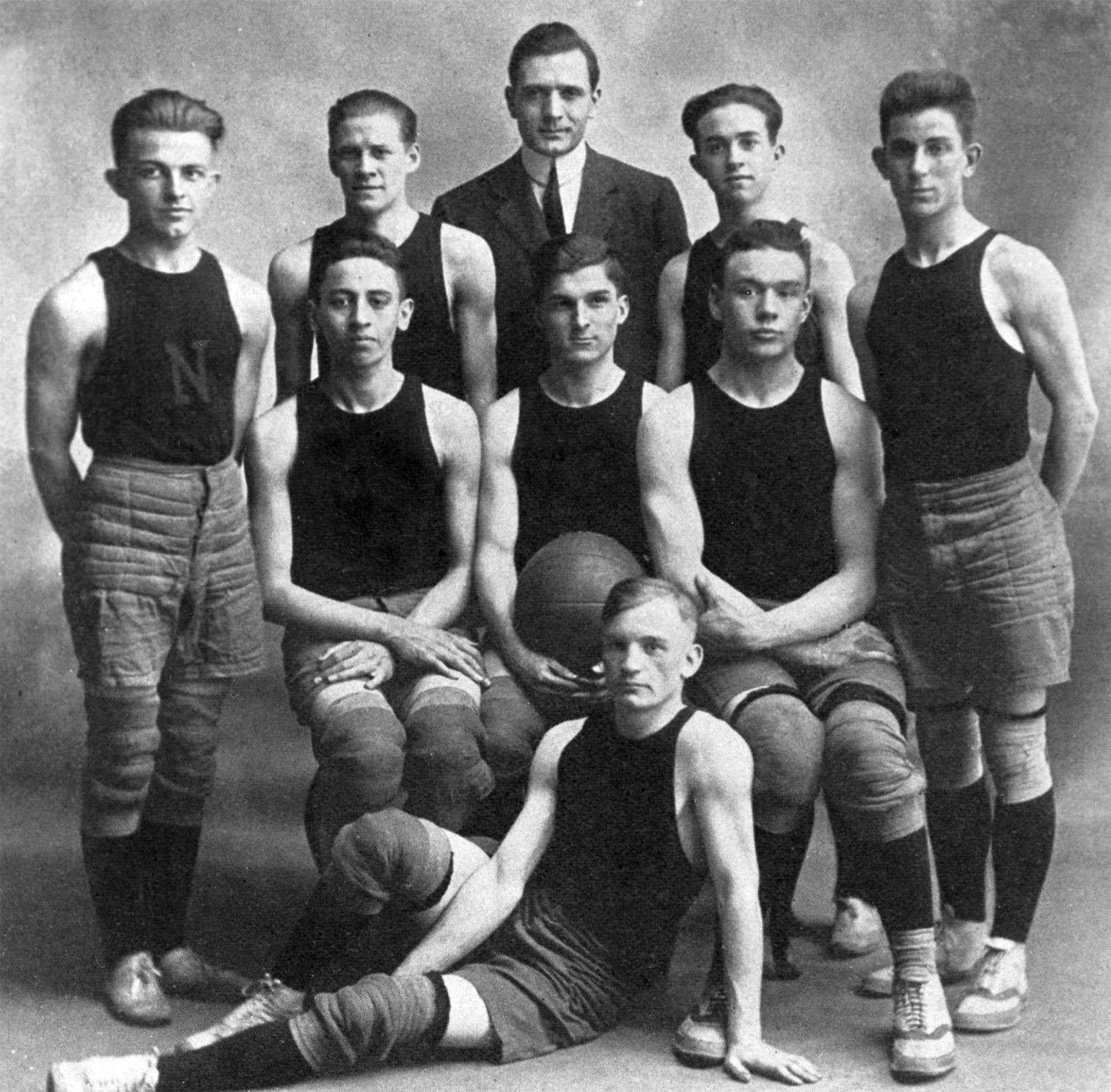
But the death of John Hubble in January of 1913 was a blow to the Hubble family, and Edwin returned home to lend his support to his mother and siblings. After teaching and coaching basketball at a local high school for about a year, he decided he’d had enough and enrolled in the doctoral program in astronomy at the University of Chicago and Yerkes Observatory.
On his way north to Yerkes in August of 1914, Hubble stopped off in Evanston, Illinois, to take part in the annual meeting of the American Astronomical Society. He was in the audience when Lowell Observatory astronomer Vesto Slipher delivered a momentous report revealing the first radial velocities ever recorded for spiral nebulae. Of the 15 objects he had studied, 12 were racing away from our home galaxy, lending credence to the island universe hypothesis that these objects were galaxies of their own. Not only that — it was the first solid observational evidence that the universe itself was expanding. But not all the spiral nebulae followed this trend: For instance, M31 was hurtling toward Earth at a rate of 190 miles (300 kilometers) every second. (See “Renaming the Hubble constant” in the December 2024 issue.)
Hubble was among those who rose to give Slipher a standing ovation, but the young astronomer had ambitions of his own, and they were centered on the study of the spiral nebulae. He wasted no time making a name for himself in the study of the mysterious spirals, accumulating research on 588 nebulae — 512 of which were previously unknown — by the spring of 1917. As he finished writing his dissertation, Hale invited him to join him at Mount Wilson, where after a decade of efforts the 100-inch Hooker telescope — the largest in the world — was nearing completion.
But Hubble deferred: He had decided to enlist in the military and join the Allied effort in World War I. His arrival in Pasadena would be postponed.
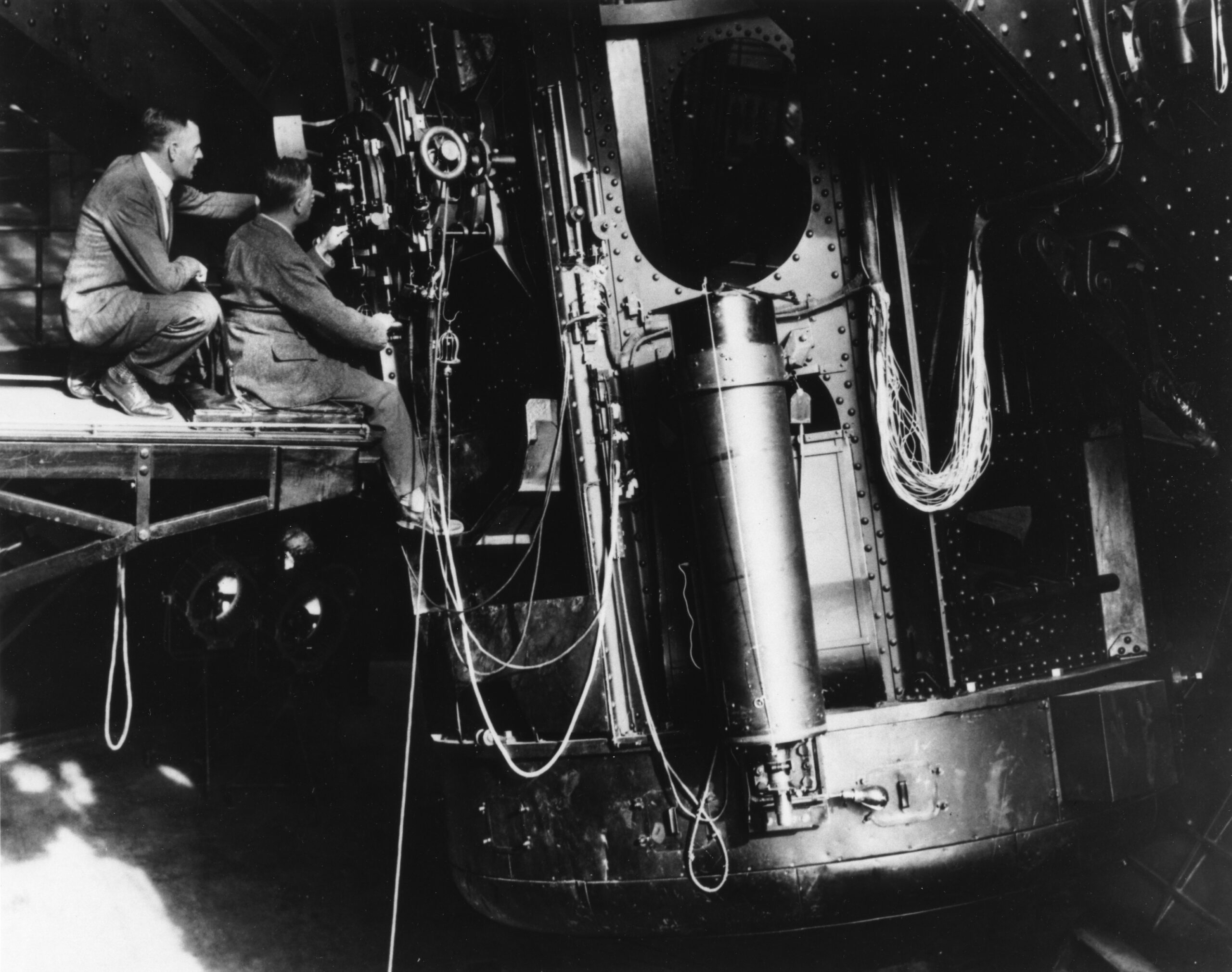
Right place, right time
Fortune smiled on Hubble as he finally arrived at Mount Wilson in the fall of 1919. He had seen no action in the Great War that had taken so many of those who had fought it. His boots clean and his shirt and tie neatly starched, he arrived on the California hillside brimming with confidence and, luckily enough, with no real competition for nebular work on the 100-inch telescope.
Edward Fath, a supremely qualified man who might’ve found his own way to stardom, left Mount Wilson for Beloit College in Wisconsin in the wake of some disputatious relations with Hale’s assistant, Walter Adams. Slipher, another supremely gifted and dedicated observer of the nebulae, was the current champion of the field. But he was committed to his role at Lowell Observatory in Flagstaff, Arizona.
The leading figure at Mount Wilson at the time was Harlow Shapley, who would enter into a famous debate with Hebert Curtis on the nature and structure of the universe in 1920 in Washington, D.C. Shapley’s work through 1918 on globular clusters had been groundbreaking, painting a picture of the Milky Way Galaxy as a disk some 300,000 light-years across, with our Sun set tens of thousands of light-years from its center — a structure so vast, Shapley and his supporters argued, that it must encompass the entire universe. Curtis and his constituents preferred a tiny galaxy, just 10,000 light-years across, biscuit-shaped with the Sun at its center, and floating in a sea of other galaxies. At the conclusion of the debate, no clear winner was declared.
Had he remained at Mount Wilson, Shapley might’ve been forced to reconsider his position, once he had extensive use of the 100-inch telescope. But his departure in the fall of 1921 to become director of the Harvard College Observatory left Hubble alone to pursue the nebulae. And pursue them, he did.
On Oct. 6, 1923, Hubble sat looking through the eyepiece of the stereo “blinker” machine at the observatory offices on Santa Barbara Street in Pasadena. The blinker device held two plates containing images of stars taken at different points throughout the year. By switching between them, astronomers could pick out various types of stars within their field of view. He was searching for novae in M31, looking for the signs of their fading light by identifying objects that appeared bright in one frame but not the other.

As he switched back and forth, a curious star near the top right corner of one of the plates caught his attention. This was no nova, he thought. A nova should become bright and then fade away. This star appeared dim on a previous night and very bright on a subsequent night. He had no doubt that it was a variable star. What he wanted to know now was if it bore the telltale signature of a Cepheid variable. If so, he could measure its distance and perhaps end the island universe debate once and for all.
In her 1912 paper, Leavitt described Cepheids as stars whose light diminished “slowly in brightness, remaining near minimum for the greater part of the time, and increasing very rapidly to a brief maximum.” Reviewing more samples of the same stretch of sky from the plate library, Hubble was able to ascertain that the star in question fit Leavitt’s description. Excited by the prospect of measuring the distance to M31 for the first time, he went back to the original plate and crossed out the letter “N” he had written for nova, and replaced it with the abbreviation “VAR!” for variable.
An inveterate poker player, Hubble kept his cards close to his chest as he set about measuring the distance using methods contrived by Hertzsprung and Shapley. Finally, he calculated the distance to Andromeda to be around 930,000 light-years from Earth, more than three times the size of Shapley’s measurement for the Milky Way Galaxy. (The actual distance to Andromeda with the benefit of today’s calibrations is 2.5 million light-years.) Hubble had proved for the first time the existence of galaxies outside our own.
His first report on the discovery was read by Russell on Jan. 1, 1925, at a joint conference of the American Association for the Advancement of Science and the American Astronomical Society.
The greatest discovery since Galileo
Hubble’s discovery of the Cepheid variable in M31 establishing the existence of galaxies outside the Milky Way was a moment of pure discovery that, in the words of astronomer John Mulchaey, current president of Carnegie Science, was probably “the most significant in all of astronomy in the last 400 years.”
And Hubble didn’t stop there. In 1929, he published the distances of 24 galaxies, all of which he determined using Cepheid variables. When he plotted the galaxies’ radial velocities against their distances, a clear trend emerged across cosmic distances: The farther a galaxy lies, the faster it recedes from us. This was a clear sign that the universe is growing ever larger.
In the span of a decade, our conception of the universe grew from Galileo’s solar system to Shapley’s large galaxy, to a universe of galaxies, to the reality of an expanding universe. For that, Hubble deserves his share of recognition. But we should not forget the contributions of so many others over the centuries that set the table for 20th-century cosmology.

